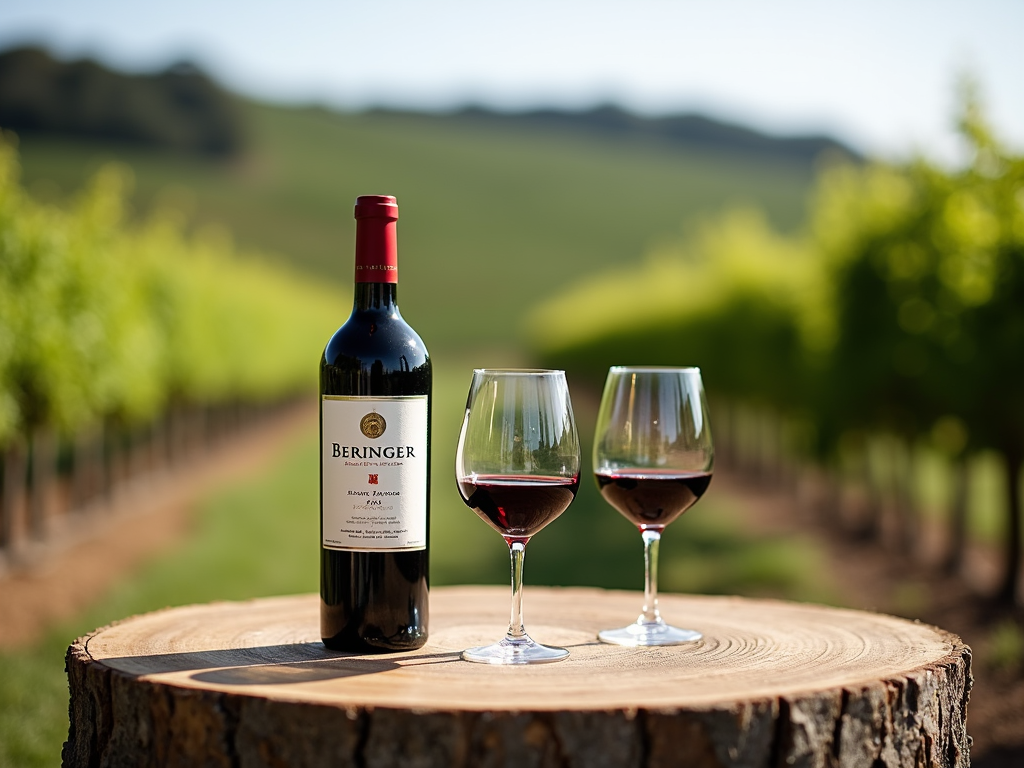Understanding the Art of Winemaking: From Vineyard to Bottle
Winemaking blends science, tradition, and passion into a fascinating craft. This article takes you through every step of Understanding the Art of Winemaking: From Vineyard to Bottle. From growing grapes to bottling the final product, you’ll see how dedication shapes each sip. Get ready for an engaging journey!
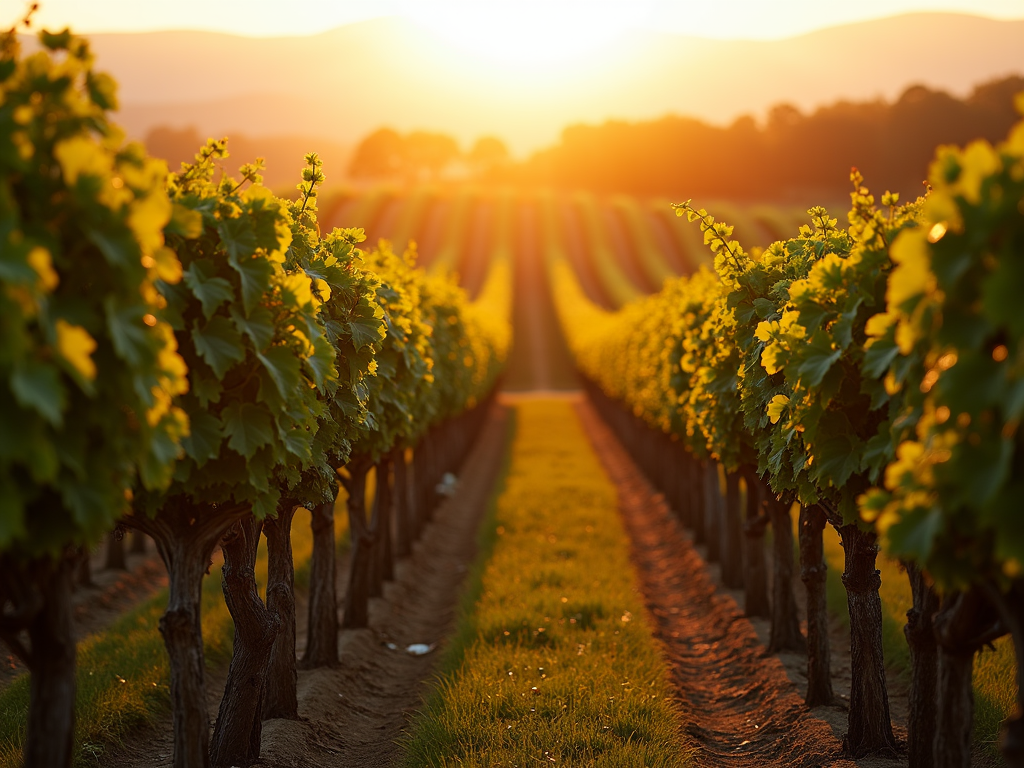
The Vineyard: Where It All Begins
Great wine starts in the vineyard. Here, grapes soak up the sun, soil, and care that define their flavor. The idea of terroir—how soil, climate, and geography work together—is key. For example, Beringer, a top wine brand, grows Cabernet Sauvignon in Napa Valley’s warm, sunny hills. Their grapes reflect the region’s unique traits.
Choosing the right grape type is a big decision. Some thrive in cool climates, others in hot ones. Vineyard workers prune vines to keep them healthy and control how many grapes grow. Too many, and the flavor weakens. Too few, and you lose potential. It’s a balancing act I saw firsthand during a Napa Valley visit—workers checking vines with care, knowing each cut shapes the wine.
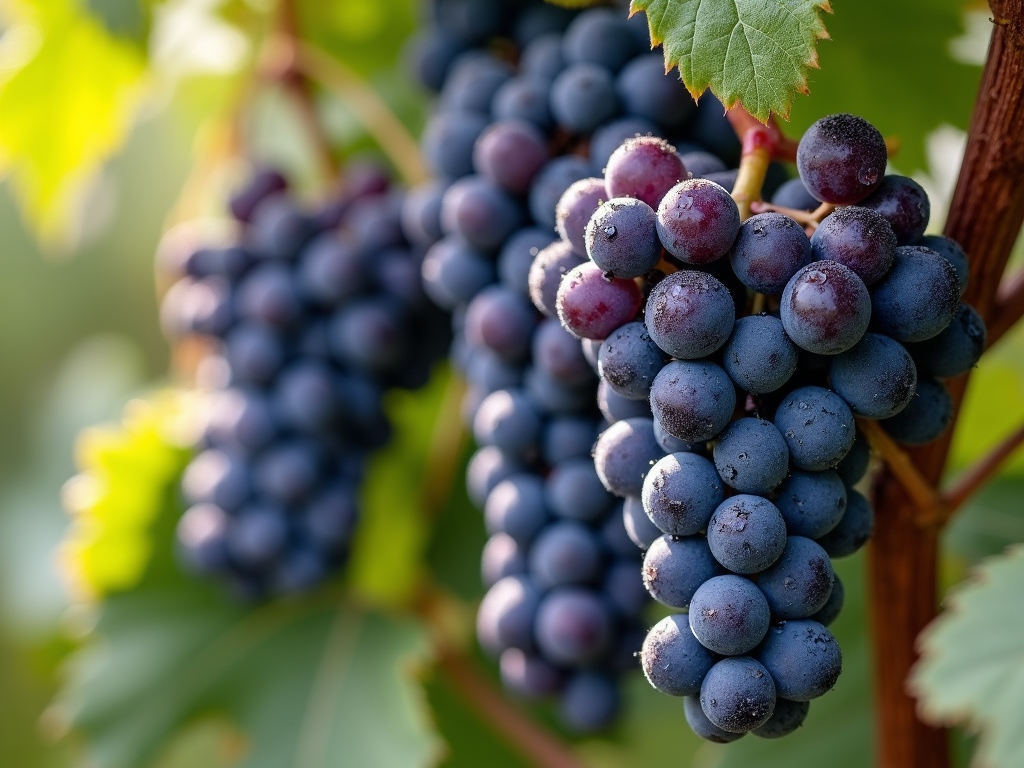
Harvesting: Timing Is Everything
Harvest season is when vineyards come alive. Grapes need picking at just the right moment—when sugar and acidity are in harmony. Too early, and the wine tastes sharp. Too late, and it’s overly sweet. Beringer uses both hand-picking and machines. Hand-picking suits delicate grapes, while machines speed things up in bigger fields.
I once watched a harvest at dawn. Workers moved fast but gently, filling baskets with clusters. The air smelled sweet and earthy. Winemakers test grapes daily, using tools to measure sugar levels. It’s part science, part instinct—a skill honed over years.
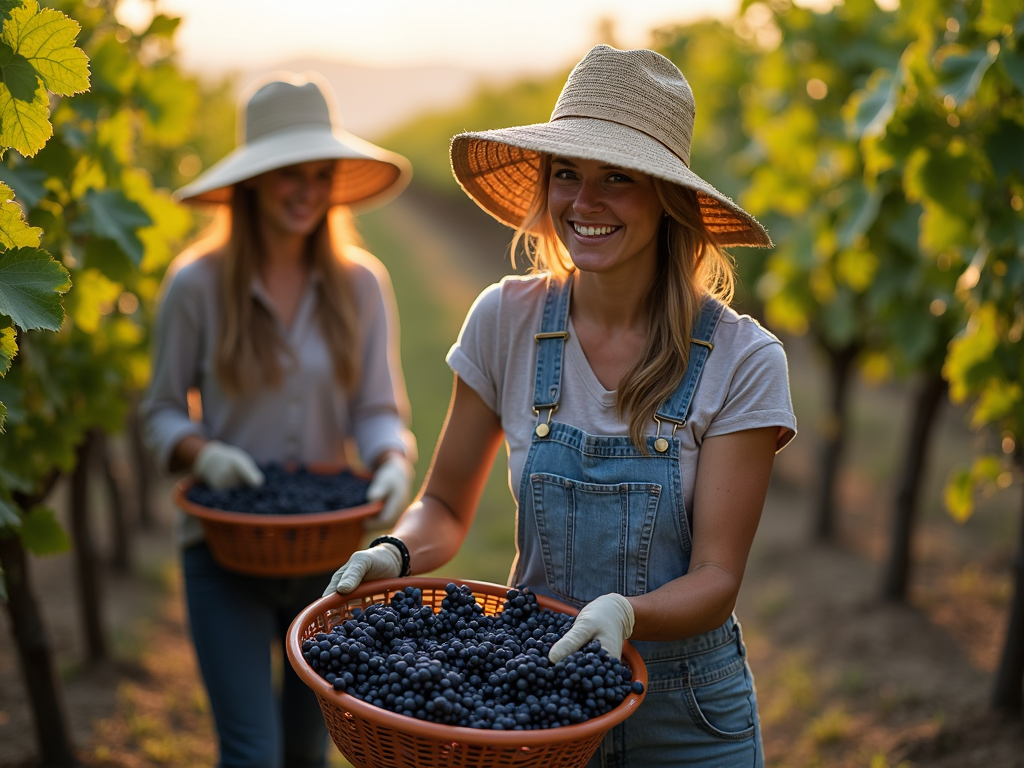
Fermentation: The Magic Happens
After harvest, grapes head to the winery for fermentation. Yeast turns sugar into alcohol, creating wine. Red wines ferment with skins for color and depth, while white wines skip the skins for a lighter taste. Temperature matters—too hot, and flavors fade; too cold, and fermentation slows.
Beringer, known for its Beringer wine awards and accolades, uses modern tanks to keep temperatures steady. During a winery tour, I smelled the fruity tang of fermenting grapes—a sign of nature at work. Different yeasts can change the wine’s taste, adding hints of spice or fruit.
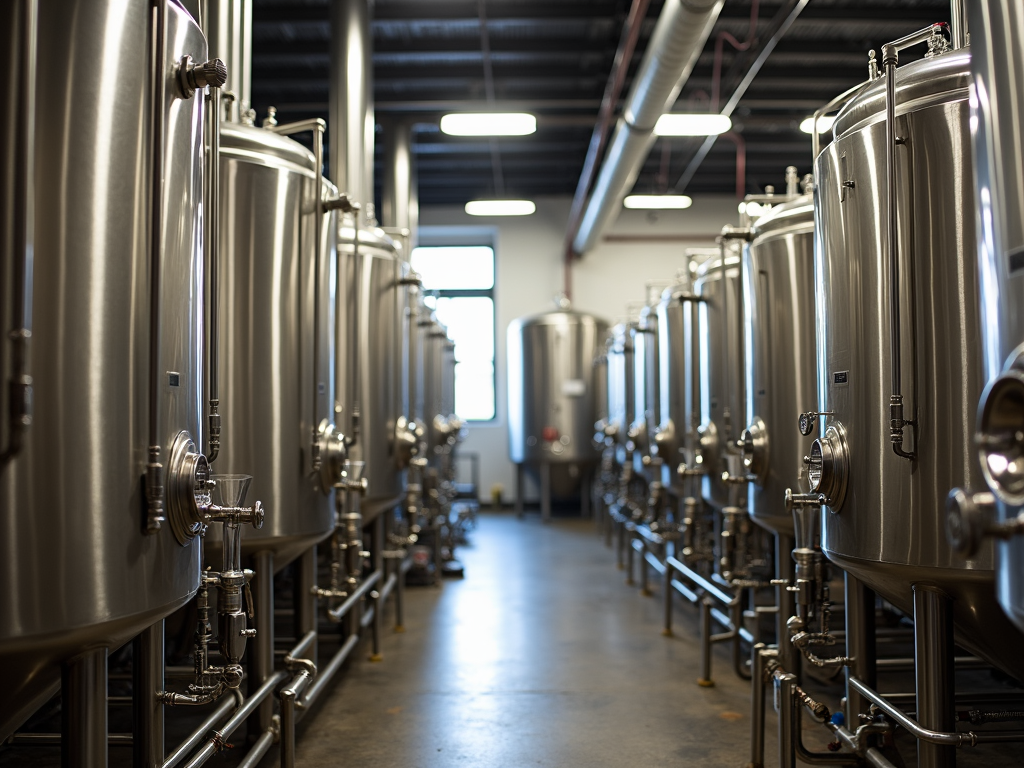
Red vs. White Fermentation
| Feature | Red Wine | White Wine |
|---|---|---|
| Skin Contact | Yes, adds color | No, keeps it light |
| Temperature | Warm (70-85°F) | Cool (45-60°F) |
| Time | Longer, up to weeks | Shorter, days to weeks |
This table shows how choices shape the wine you drink.
Aging: Building Flavor
Aging turns young wine into something special. Oak barrels are a favorite—they add flavors like vanilla or toast. Stainless steel keeps things fresh, while concrete eggs add texture. Beringer ages its best wines in oak, some for years, in cool cellars.
I once tasted a wine straight from a barrel. It was rough but promising, like a story half-told. Time smooths it out. Winemakers check barrels often, deciding when the wine’s ready.
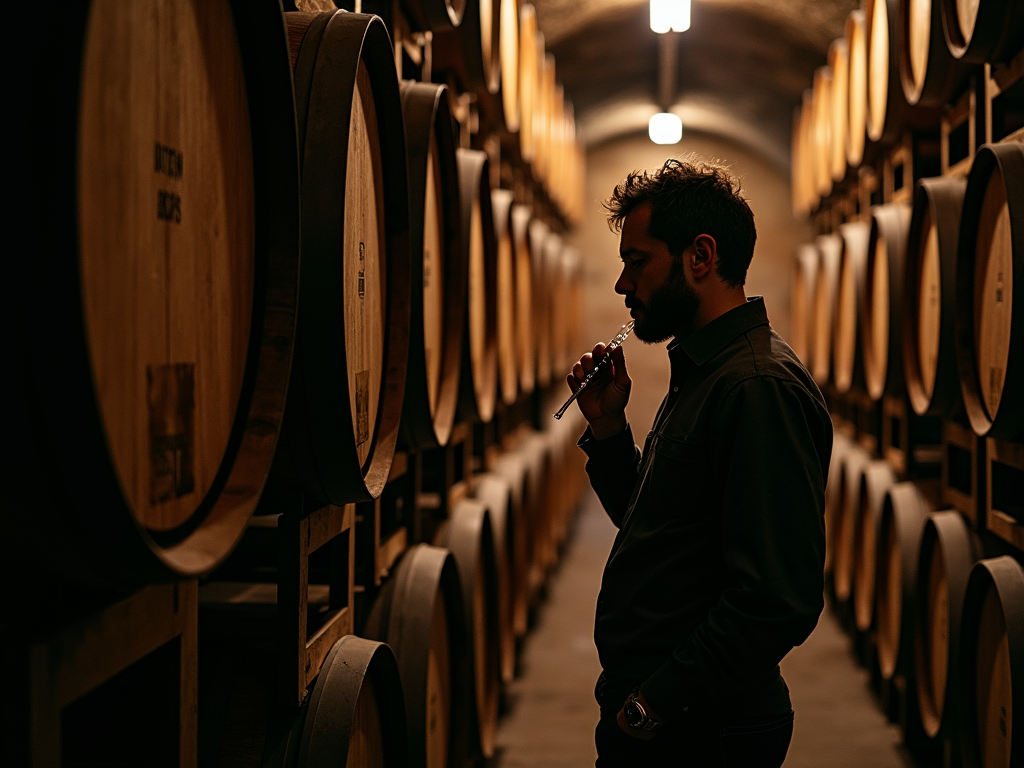
Aging Options
- Oak Barrels: Adds rich flavors, softens edges.
- Steel Tanks: Locks in freshness, no extra taste.
- Concrete Eggs: Boosts texture, keeps it neutral.
Each choice crafts a different wine.
Bottling: Ready for You
Bottling is the final touch. The wine moves from barrels to bottles with care—everything’s cleaned to avoid spoilage. Some wines get sulfites to stay fresh. Beringer’s bottling line is a sight: bottles filled, corked, and labeled in a smooth dance.
Their focus on quality has earned Beringer wine awards and accolades. I’ve seen the pride in their work—it’s about getting every detail right so you enjoy every glass.
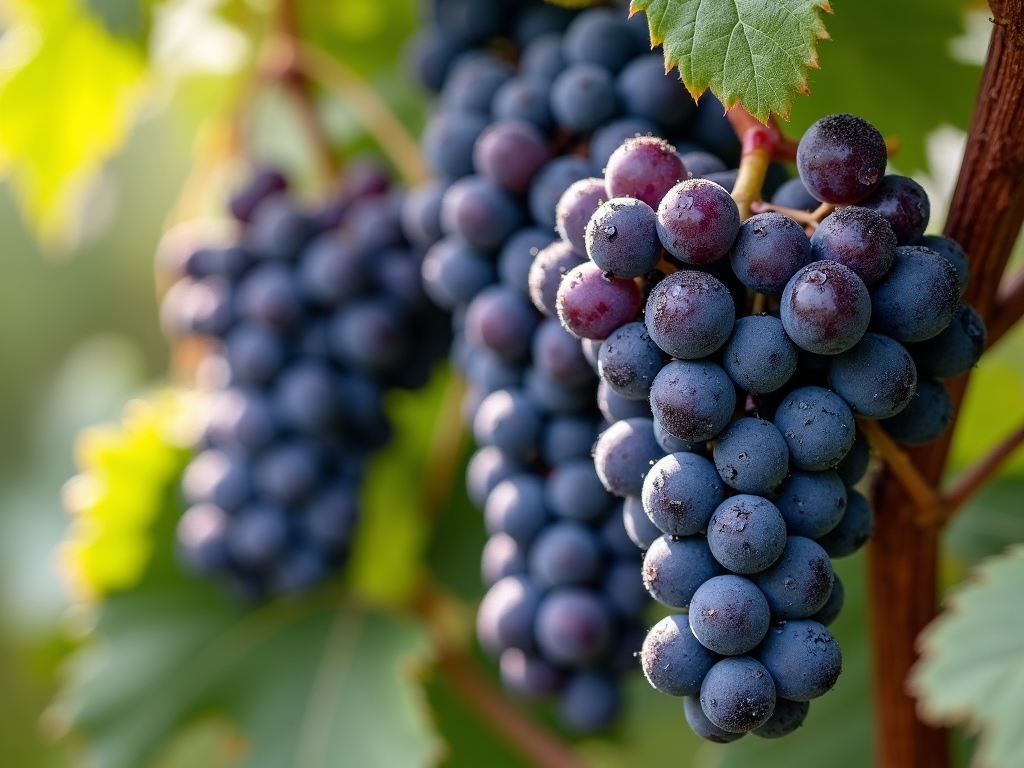
Summary: From Vine to Glass
Understanding the Art of Winemaking: From Vineyard to Bottle reveals a process full of care and skill. From vineyard roots to bottled beauty, each step matters. Wine brands like Beringer shine with awards for their mastery. Next time you pour a glass, think of the journey—and enjoy it even more.
